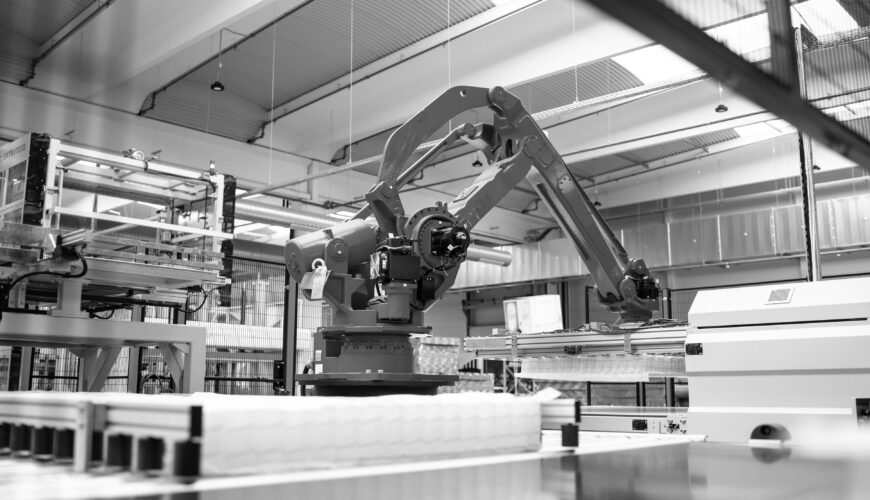Robotics in the supply chain, whether at manufacturing sites or in distribution centers, aren’t new. But their rapid adoption over the past few years is. In 2024, it appears that the trend could only accelerate more, according to a recent report from the International Federation of Robotics. Currently, there are nearly 4 million robots in operation around the globe.
The report identified five trends that are driving the trend to add robotics in the supply chain. They include artificial intelligence, machine learning, cobots, mobile manipulators, digital twins, and humanoid robots.
5 Types of Robotics in the Supply Chain
(1) AI and machine learning robots:
As with nearly all aspects of operations, AI is integrating with robotics. According to the report, robotics manufacturers are developing generative AI-driven interfaces that allow users to program robots more intuitively, using language rather than code. Employees, therefore, won’t need programming skills to choose or alter the actions of robots. Predictive AI will also have a role in identifying the future state of equipment. With predictive maintenance in play, companies can avoid costly downtime.
(2) Cobots:
As robots gain skill sets, companies increasingly deploy them alongside human employees. Collaborative robots—or Cobots— are solving some of the issues caused by the continuing labor shortage. These cobots are uniquely designed to take on many of the physically difficult and mentally dull tasks that human workers often shy away from today. They can do heavy lifting and repetitive motions and work in uncomfortable environments like freezer space, sparing their human co-workers from having to allocate time and attention to that type of work. They’re becoming faster and more agile every day and will continue expanding their role.
(3) Mobile manipulators:
These are specific tasks in logistics, automotive, and aerospace industries and combine robotic platform mobility with the dexterity of manipulator’s arms—thus “mommas.” These pieces of equipment can navigate complex environments and manipulate objects. They come equipped with sensors and cameras and perform tasks on machinery and equipment, again replacing a human counterpart and helping with labor demand.
(4) Digital twins:
This technology is useful for testing and creating in a virtual environment. Robots are becoming increasingly digitally integrated and, therefore, can run simulations in advance of actual operations. Companies can test and modify accordingly without having to invest in actual equipment or having a real-world outcome. Expect more integration between the two going forward.
(5) Humanoid robots:
If you’re old enough to have watched The Jetsons, you’re familiar with the then-futuristic humanoid robot “Rosie the Maid.” Increasingly, that cartoon is becoming real life as humanoid robots join the floors of manufacturing plants and warehouses. With two legs and two arms, the robots add a more adept “co-worker” to help with tasks traditionally performed by humans. They’re easily adaptable and integrated, and some researchers predict they will become the next disruptor. When combined with AI, odds favor they will do just that.


